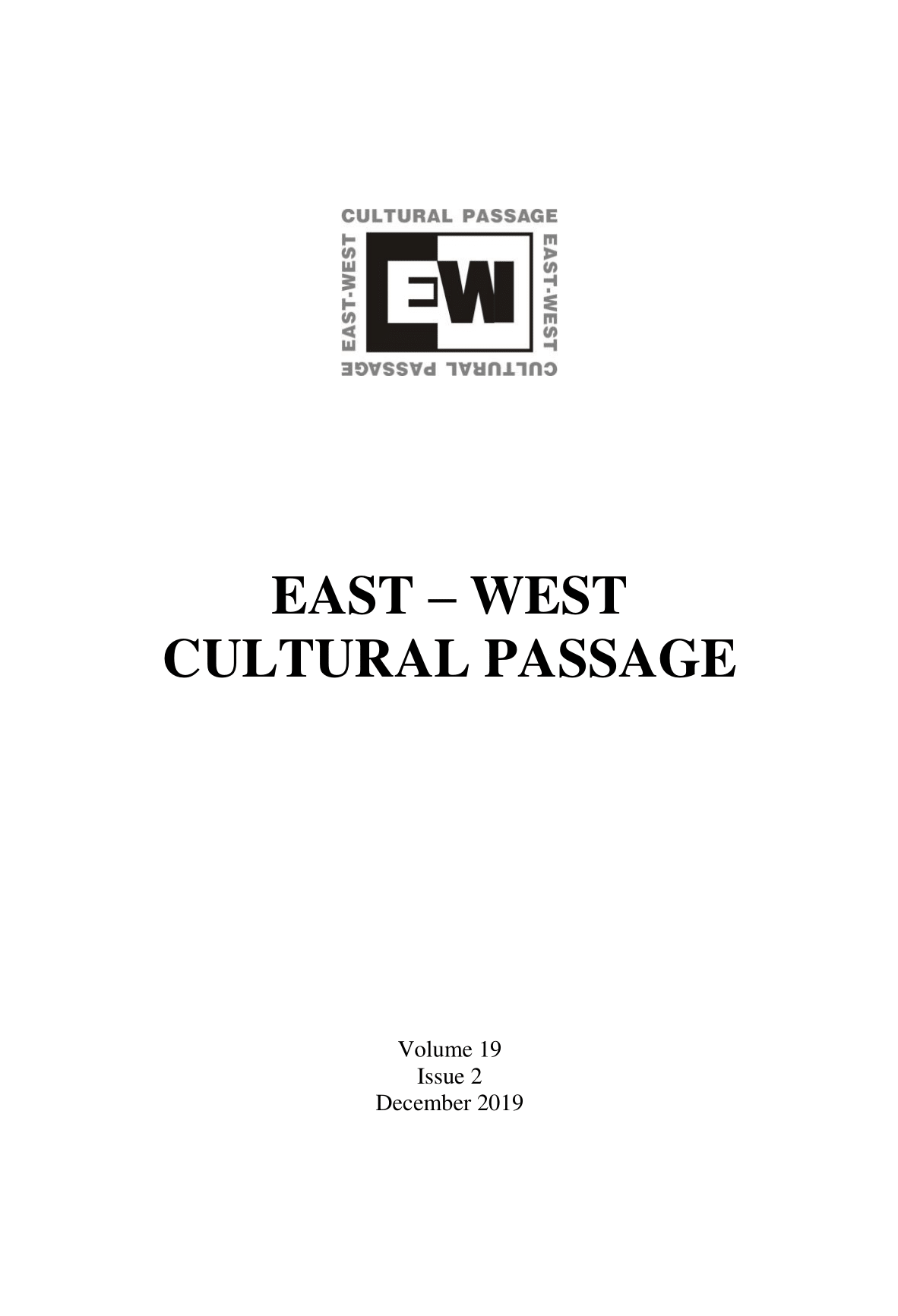Not Just Eating, but Consuming: Food and Cooks in To the Lighthouse, The Cook, the Thief, His Wife and Her Lover and In the Mood for Love
Not Just Eating, but Consuming: Food and Cooks in To the Lighthouse, The Cook, the Thief, His Wife and Her Lover and In the Mood for Love
Author(s): Estella CiobanuSubject(s): Studies of Literature
Published by: Editura Universitatii LUCIAN BLAGA din Sibiu
Keywords: To the Lighthouse (Virginia Woolf); The Cook; the Thief; His Wife and Her Lover (Peter Greenaway); In the Mood for Love (Wong Kar-Wai); food; cooks; commensality; intersectionality theory; philosophy;
Summary/Abstract: This essay examines the perspectives on food, cooking and commensality offered by three highly dissimilar works: Virginia Woolf’s novel To the Lighthouse (1927), Peter Greenaway’s film The Cook, the Thief, His Wife and Her Lover (1989) and, as a cultural foil for the two British works, a Chinese film, Wong KarWai’s In the Mood for Love (2000). Food or eating is not the central topic of any of them, save Greenaway’s film. Rather, their common denominator is the interplay of visuality and its implicit or explicit social reference, for all three works engage, however differently, with the class differential entailed in scenes featuring food or eating. I use Edmund Husserl’s phenomenological concept of orientation – amended in intersectional terms – to examine the cook figures and instances of representing food or eating in the three works. My working hypothesis is that such representations may reveal both the permanent negotiation of cultural values attached to culinary practices, including to the agents involved, and what they conceal socially.
Journal: East-West Cultural Passage
- Issue Year: 19/2019
- Issue No: 2
- Page Range: 71-95
- Page Count: 25
- Language: English
- Content File-PDF

